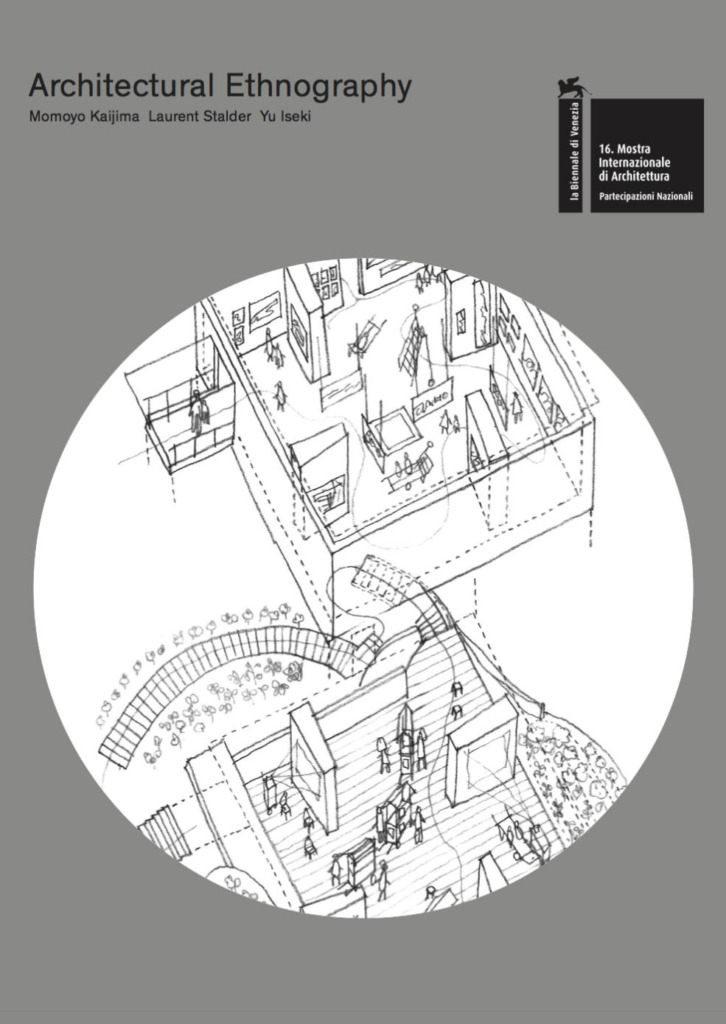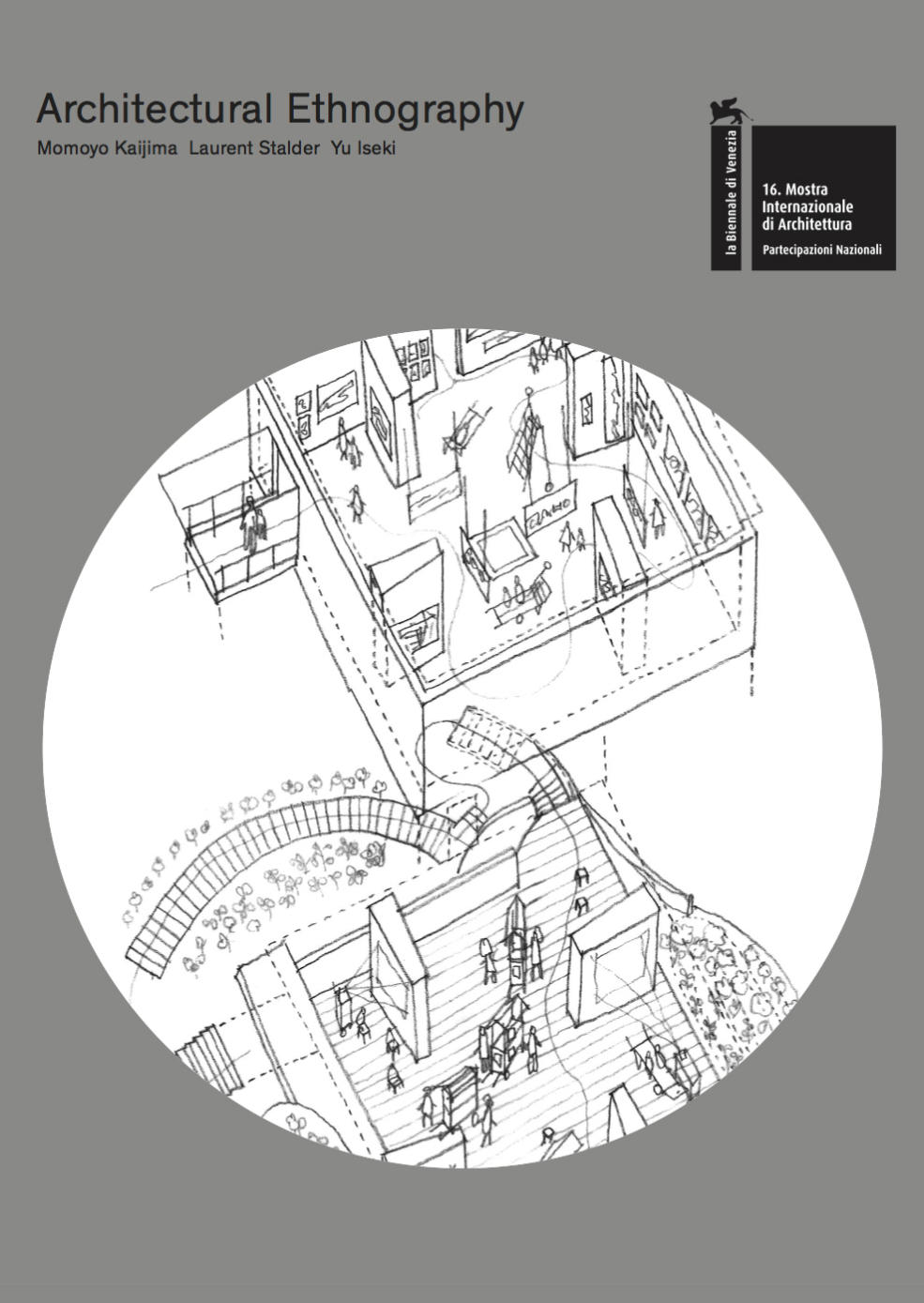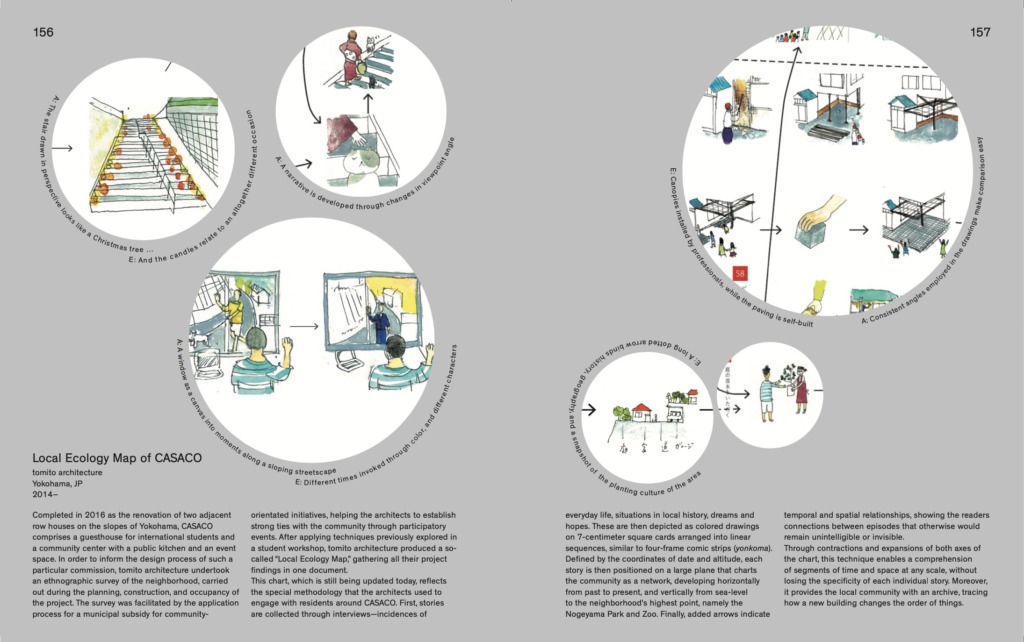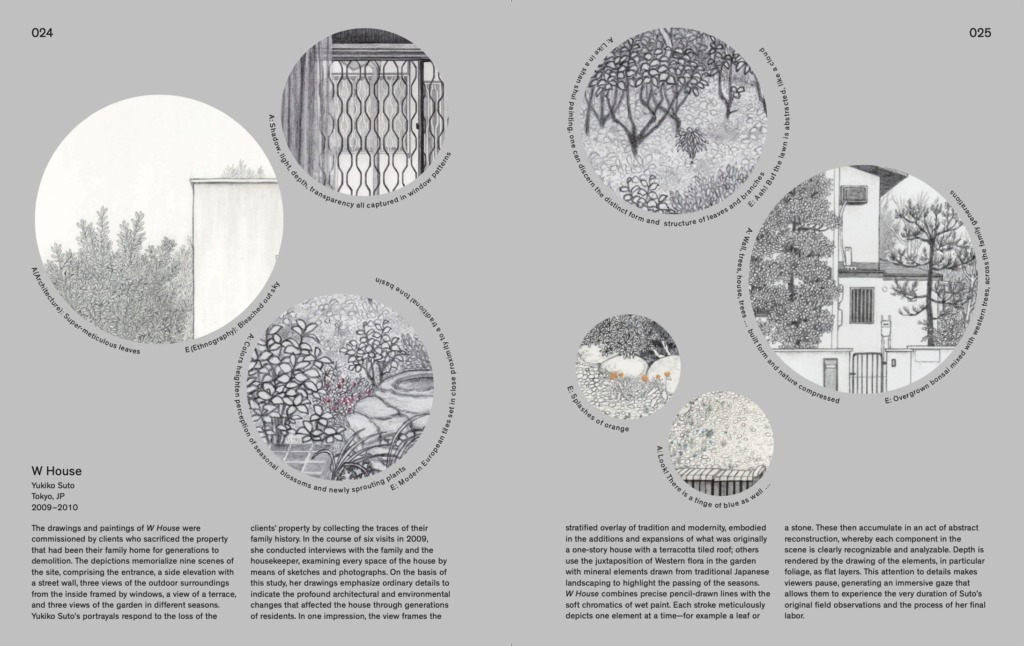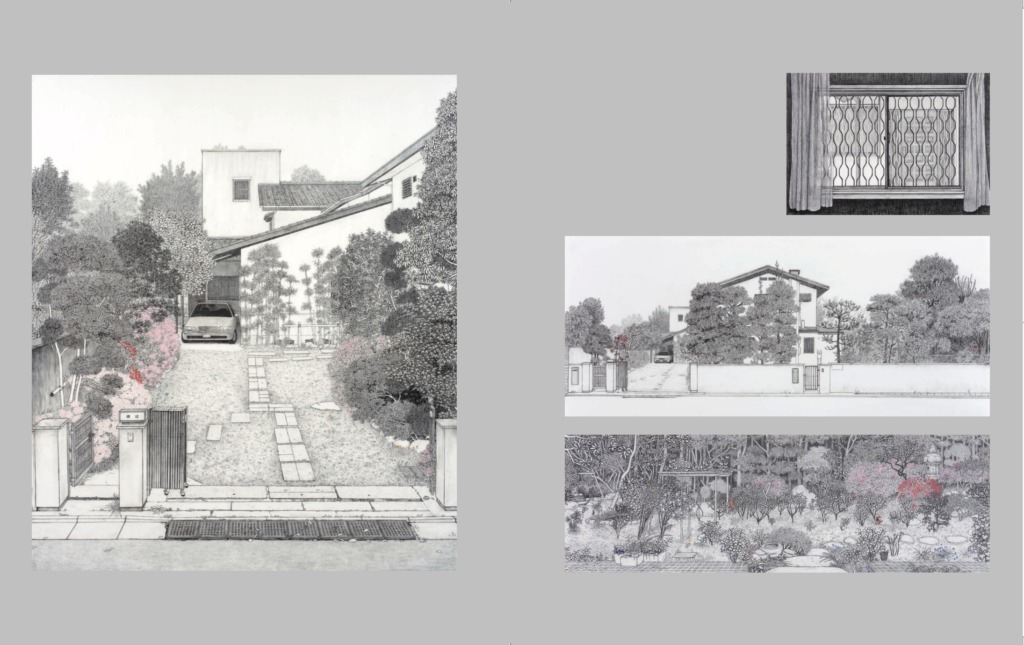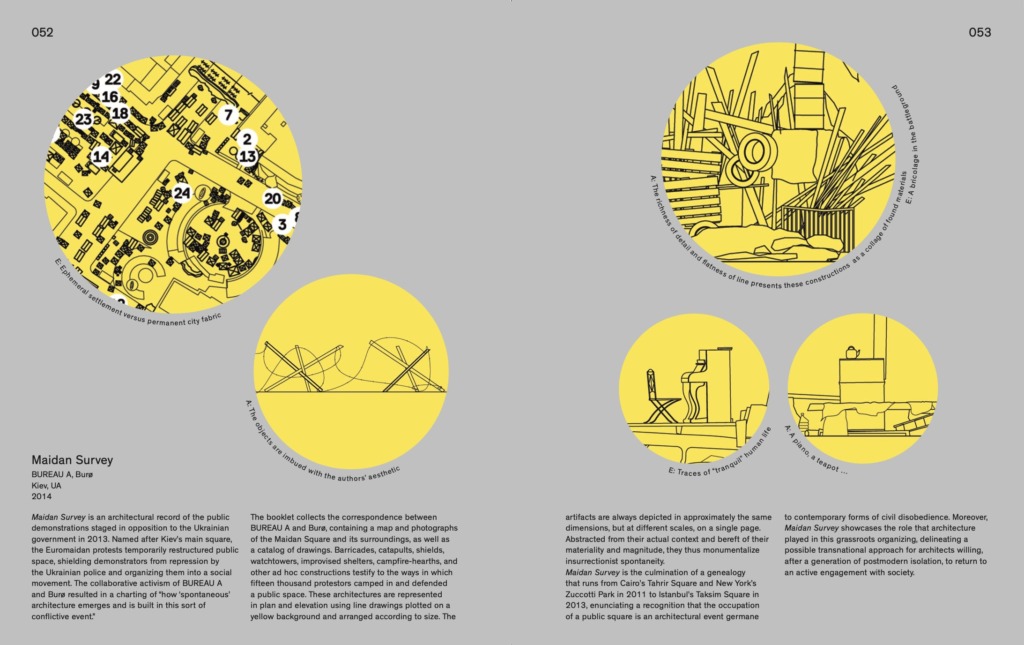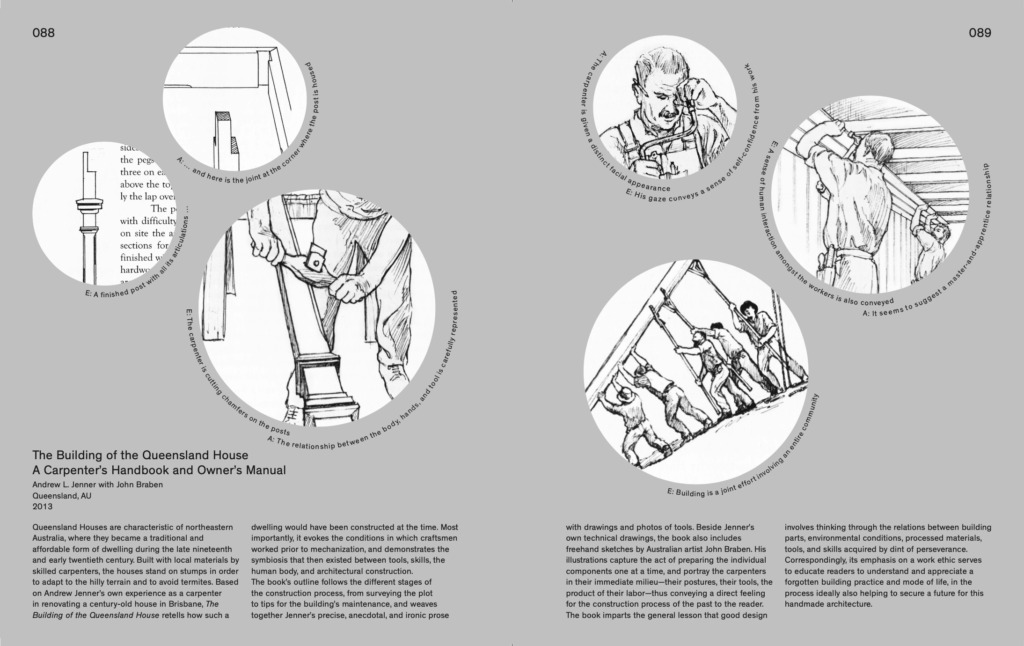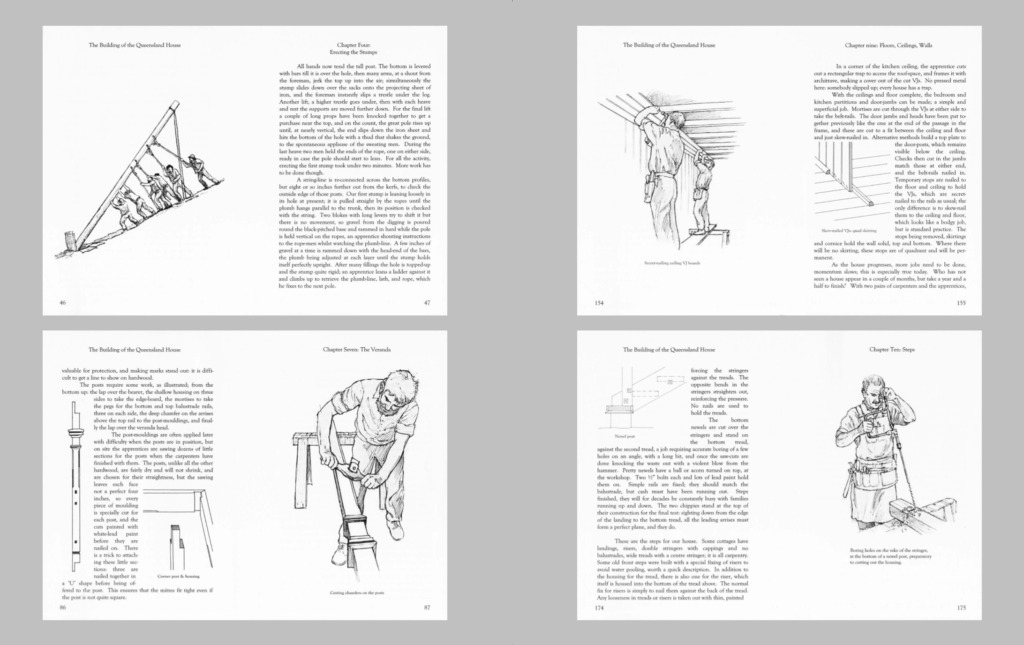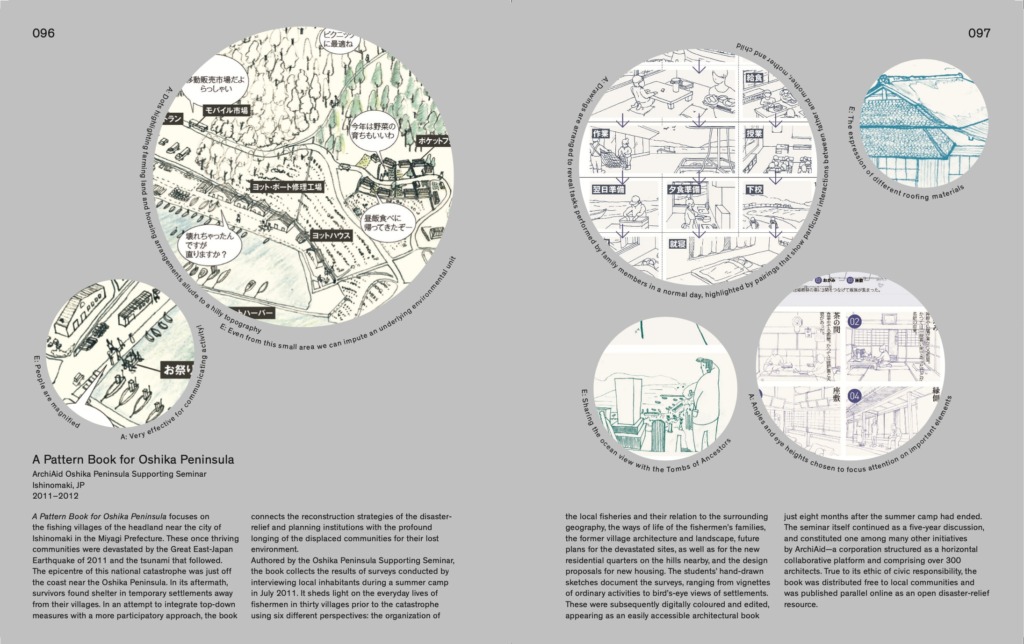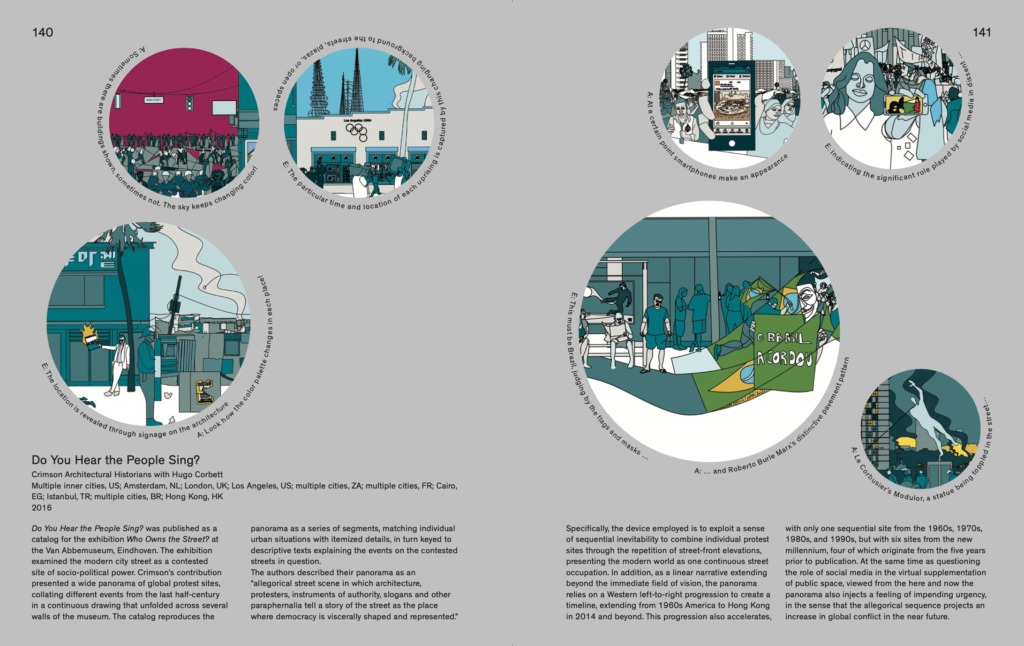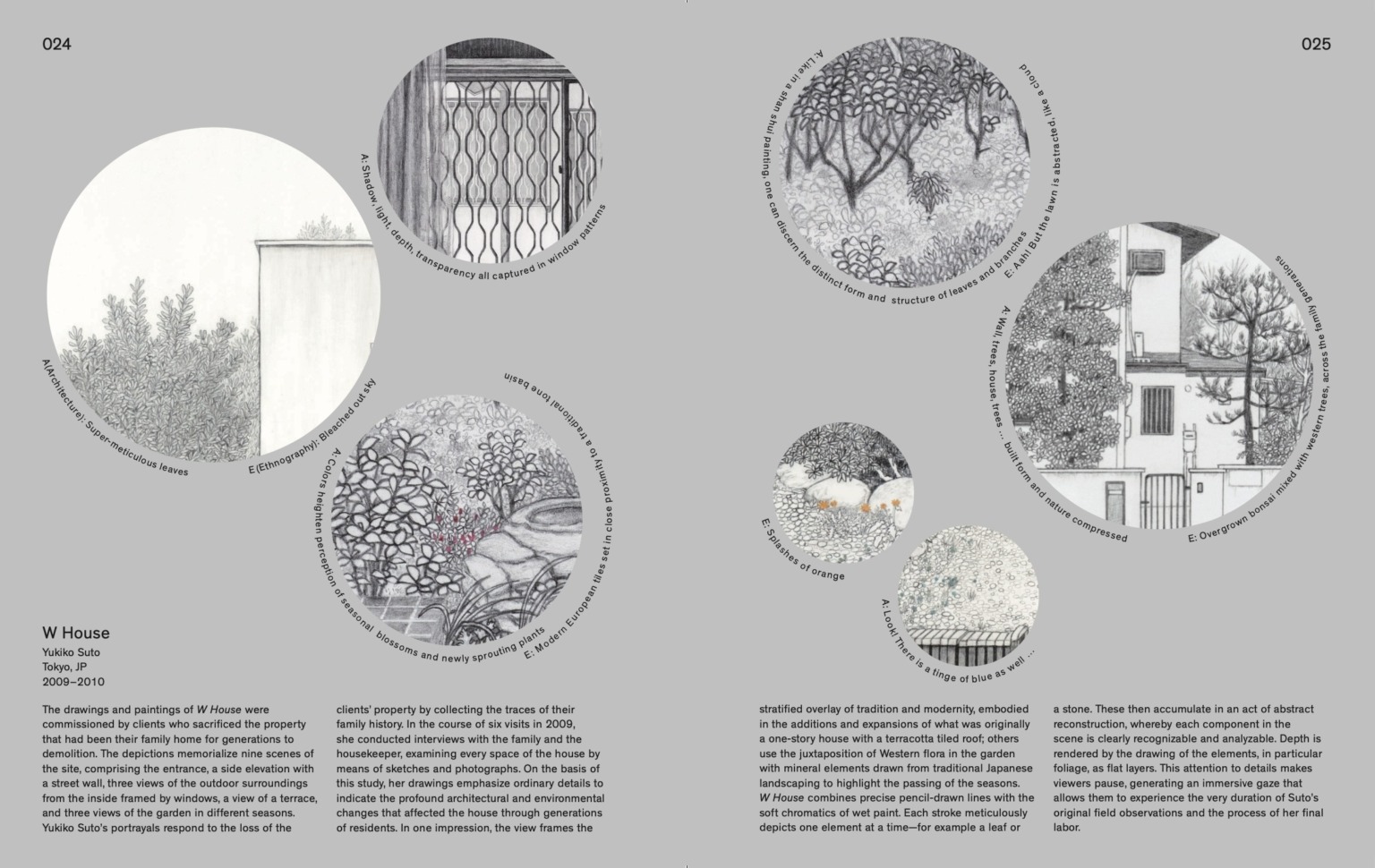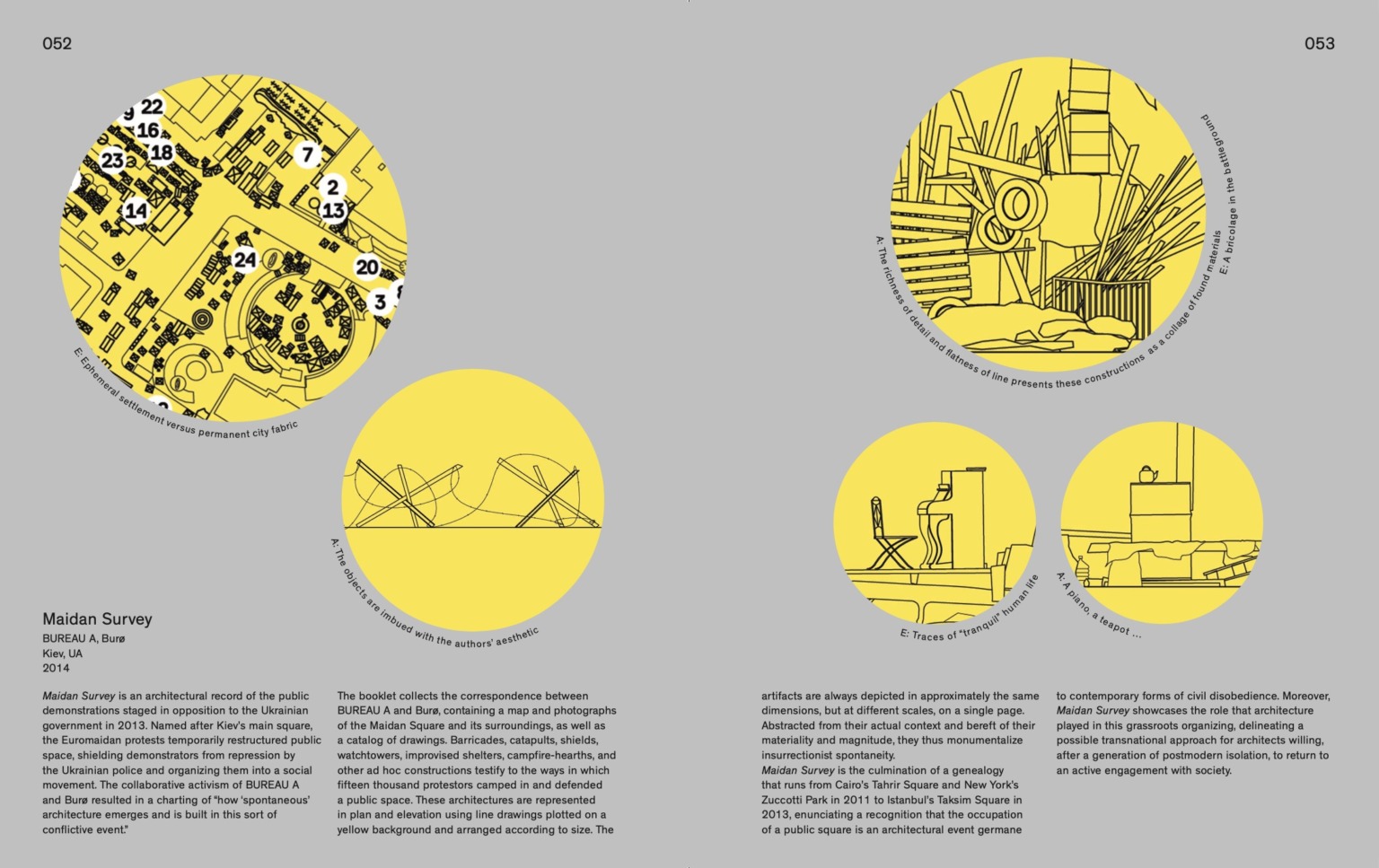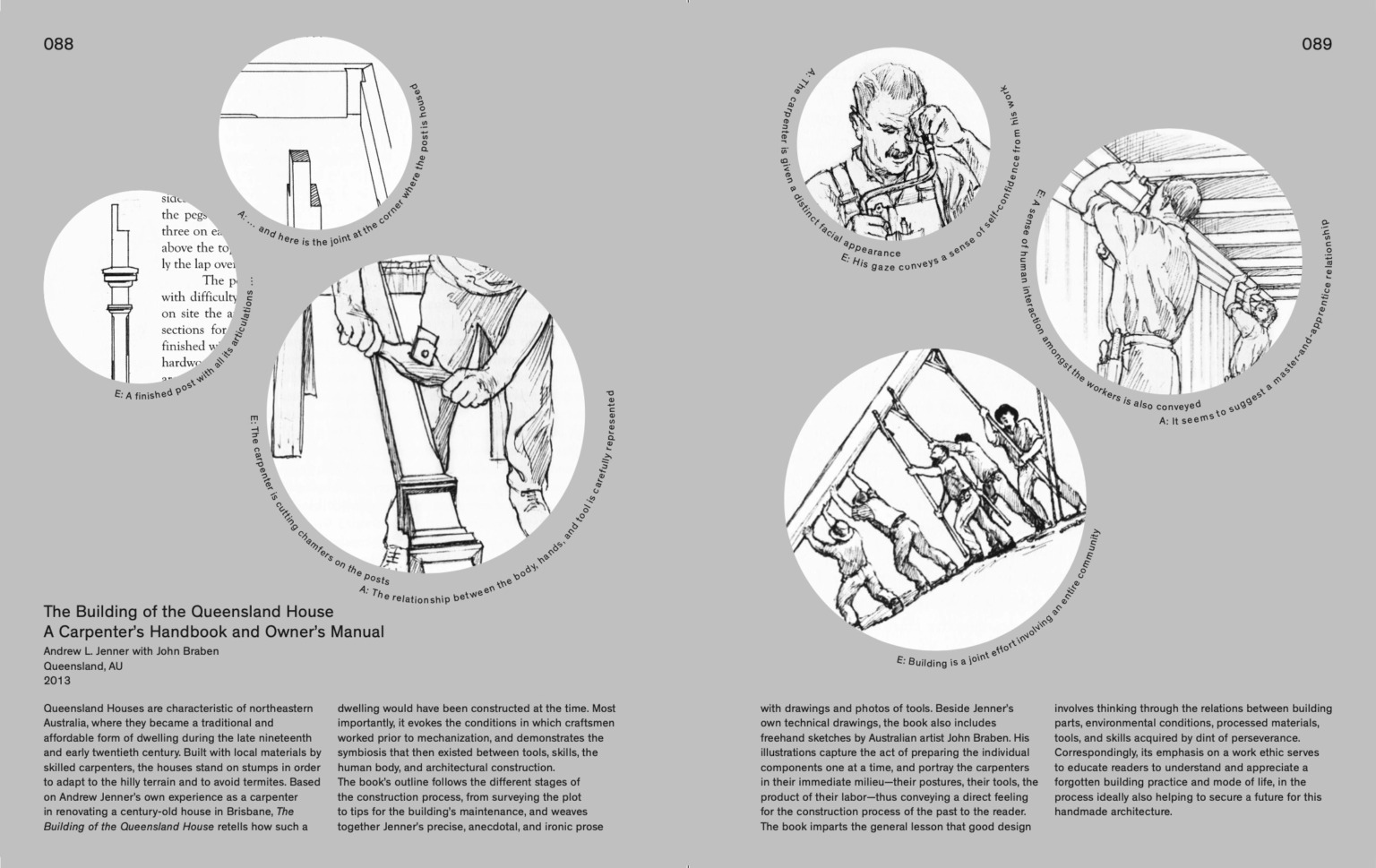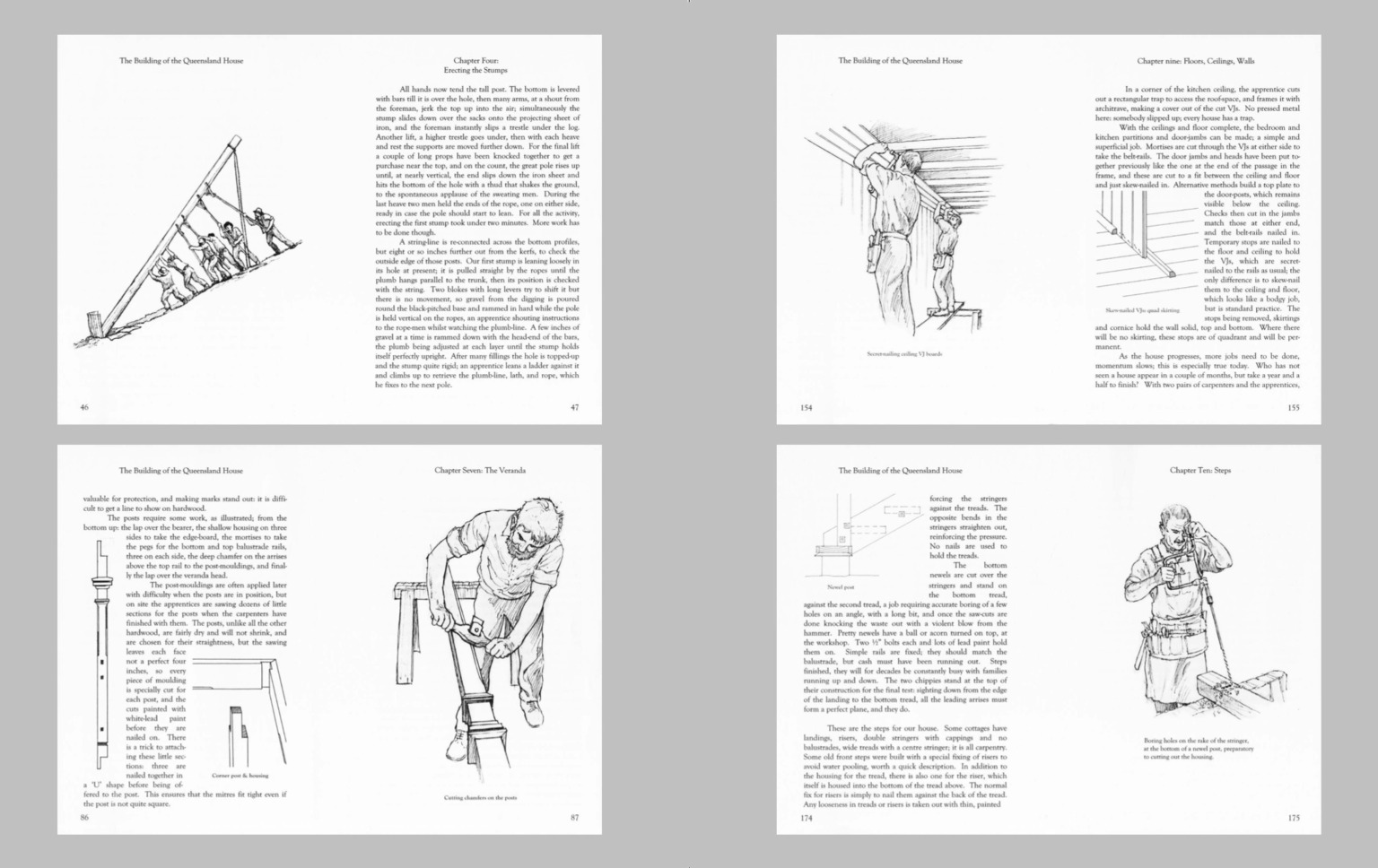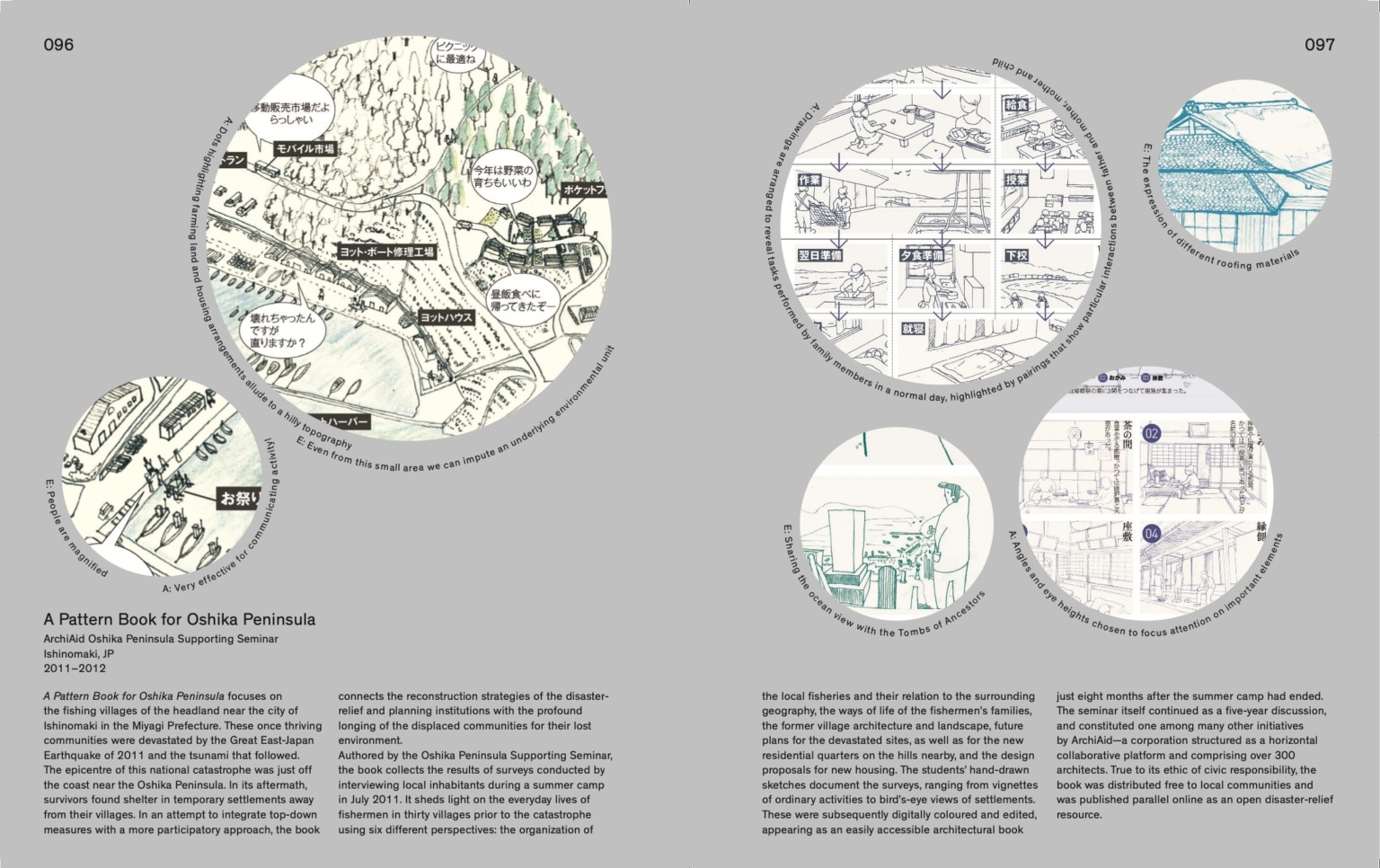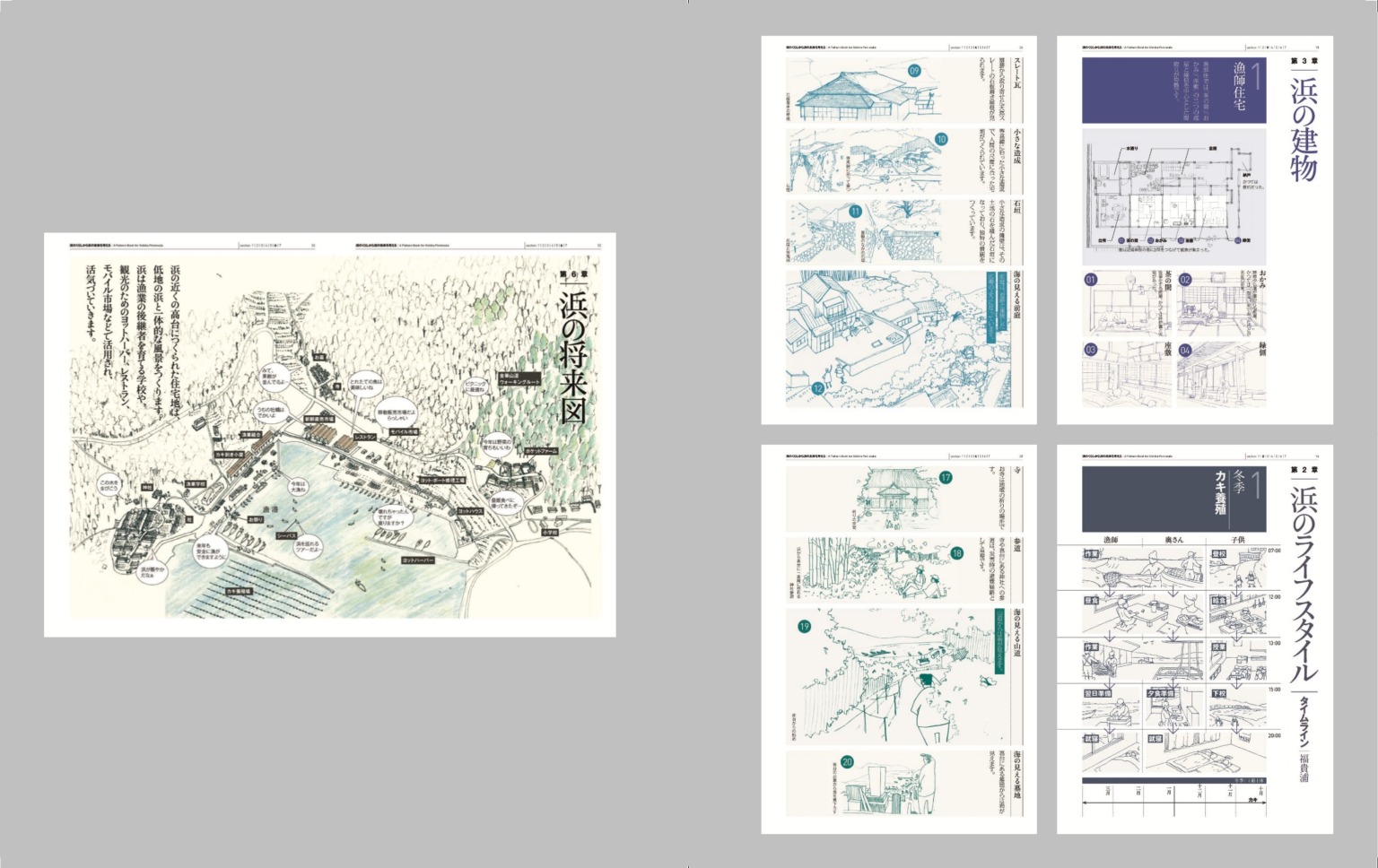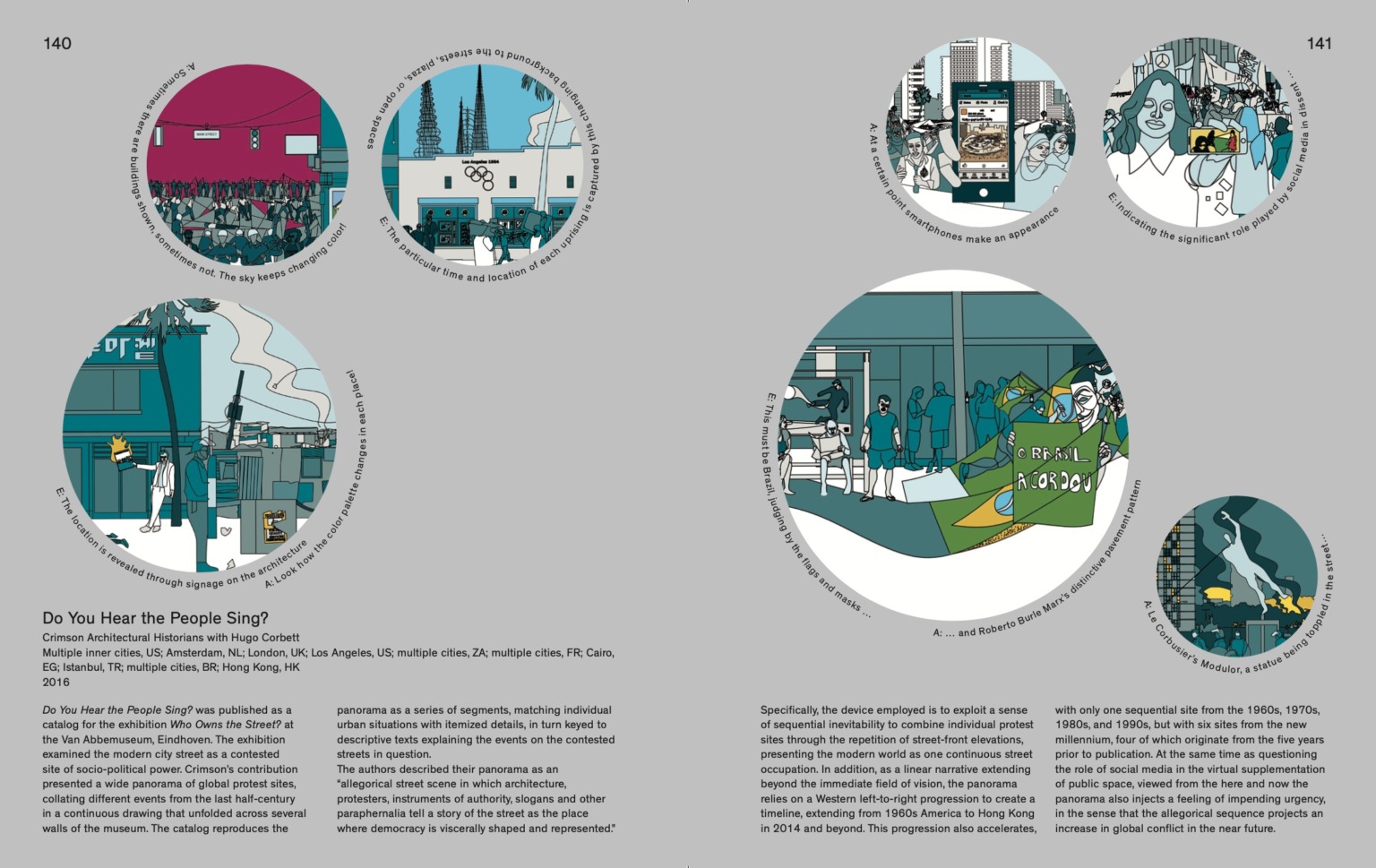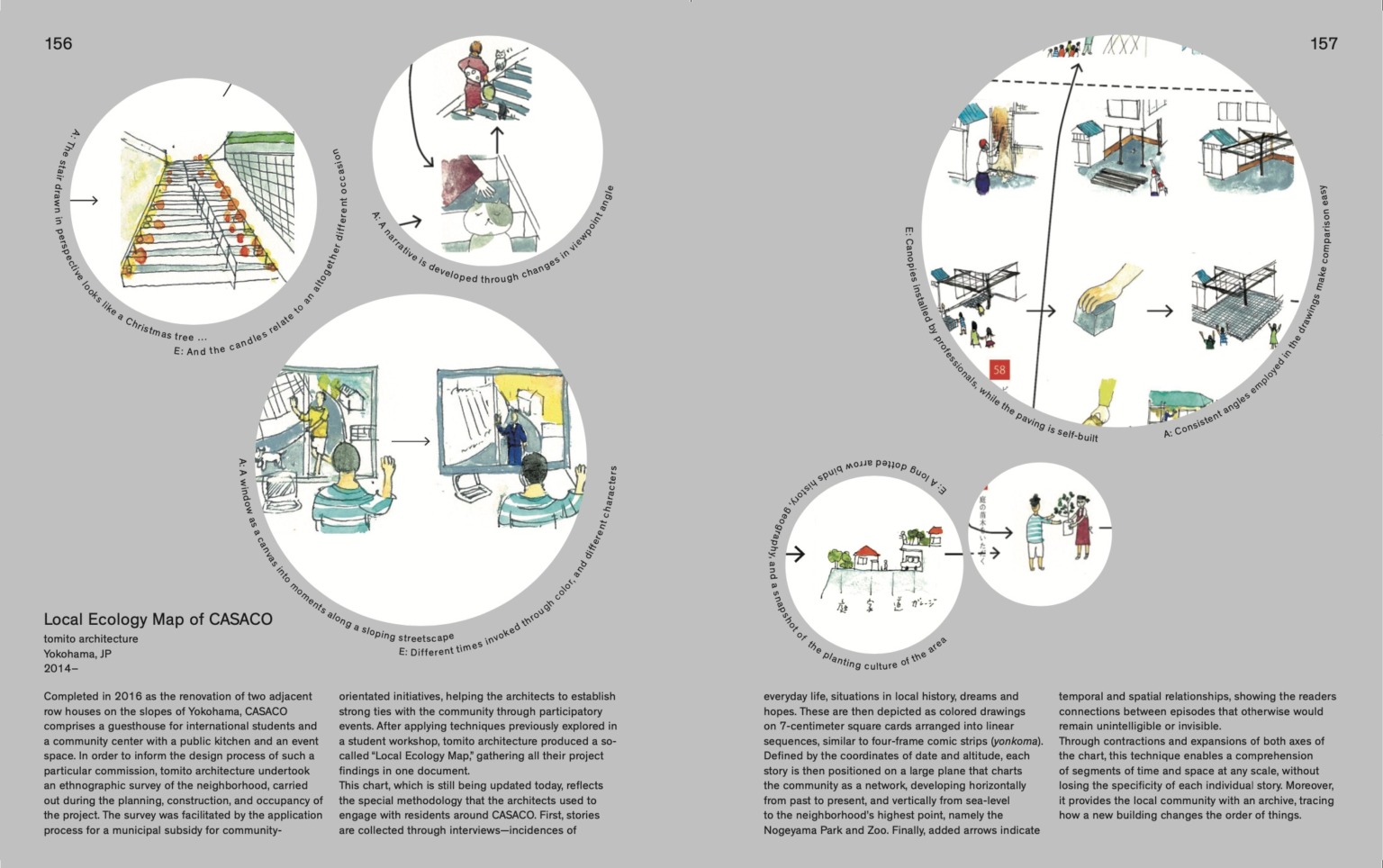Architectural Ethnography
The Japan Pavilion at the 16th Venice Biennale Catalogue
Life obviously exceeds architecture, yet at the same time it is the basis and essence of architecture. Understanding its different forms, as ethnography shows, is the precondition of engaging with it. But what does this mean for architecture? How can the myriad situations that both feed into and result from the design of a building be effectively mapped? How does one address architectural drawings, not just as simple notational systems but as instruments to document, discuss and evaluate architecture? How can they work to explore people’s actual usages, needs and aspirations, and moreover to give shape to individualised life forms in today’s globalised society?
The catalog of the exhibition in the Japan Pavilion at the Venice Architecture Biennale showcases a collection of forty-two projects from all over the world from the last twenty years, ranging from design specifications and spatial-activity charts, to maps of urban hybrids and large studies of rural farming and fishing villages following natural disasters, originating from university design studios, architectural offices or artistic practices. They all reflect the search for a new approach in drawing – of, for, among, around – society, which we term “Architectural Ethnography.”
Momoyo Kaijima, Laurent Stalder, Yu Iseki with Simona Ferrari, Tamotsu Ito, Andreas Kalpakci (eds.)
TOTO Publishing, Tokyo, 2018
